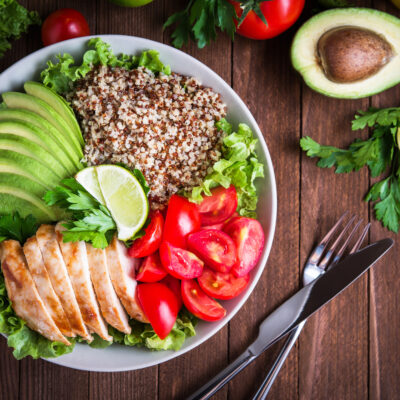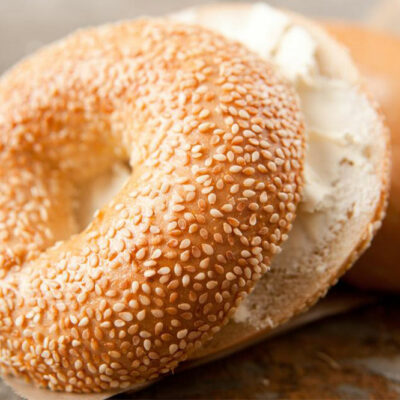
Food for Health
10 Dietary Tips to Prevent Heartburn and GERD
Experiencing an unusual discomfort in your chest, behind your breast bone? Or a bitter, unpleasant taste in your throat and mouth? Are nausea, regurgitation, vomiting, and bloating occurring more frequently? If you’ve answered a “yes” to all three questions, then you are certainly experiencing heartburn and/or GERD (gastroesophageal reflux disease) like millions of people in the country do every month. Heartburn is a trigger of acid reflux from your stomach back into the esophagus and is quite common for most people. GERD, on the other hand, is a more severe condition that you experience when you leave acid reflux unattended for a long time. Here’s an opportunity to go shopping for the right ingredients and substitute the things in your pantry with the following foods to prevent heartburn and GERD. Keep away from citrus fruits like oranges, lemons, limes, tomatoes, peaches, pineapples, grapes, and plums. Include more alkaline fruits like bananas, berries, apples, pears, melons, and other such fruits in your breakfast or snack portions. Replace tomato sauce as a side dish for sandwiches and french fries, and in your salsa and pasta. Try healthier, less acidic options like greek yogurt and dill dip, or pesto sauce. The same principle goes for abstaining from raw onions in salads, mayonnaise, vinegar, and lime juice.
Read More 















